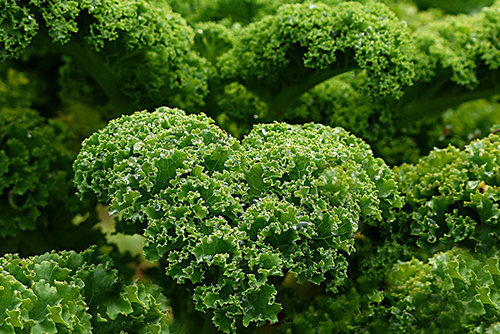
Top 6 Winter Garden Plants
Don’t know what plants work during the winter, or want to avoid the frustration of a wilted and dying winter garden? Knowing the cold hardy plants and vegetable species that can grow in your garden will help you keep it lively and healthy through the winter season.
nannenarboretum.org gathered the following vegetable and plant species and planting information on cold hardy varieties for your winter garden.
1. Cabbage (Brassica oleracea var. capitata)
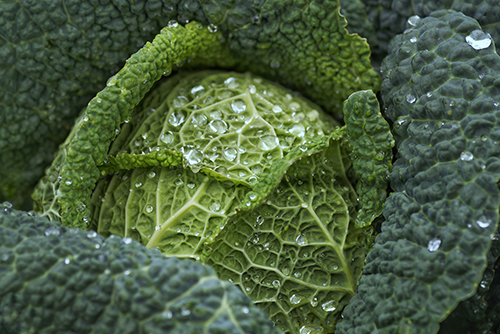
Cabbage
All cabbage varieties have succulent leaves free of hairs and covered with a wax-like coating, which often gives the leaf surface a grayish-green or bluish-green color. These plants thrive in mild to cool climates and even tolerate frost or hard freezing at certain times during their growth.
Soil – Cabbage thrives in well-drained yet moisture-retentive, fertile soil with a 6 to 7 pH
Water – Cabbage needs about one and a half inches of water per week. Plan on watering daily if your plants have well-draining soil.
Sun – Cabbage needs at least 6 hours of full sun each day
USDA Cold Hardiness – Zones 1 through 10 (depending on species)
Potential Problems – Overwatering or excessive moisture can lead to rot and leaf spot.
2. Kale (Brassica oleracea var. sabellica)
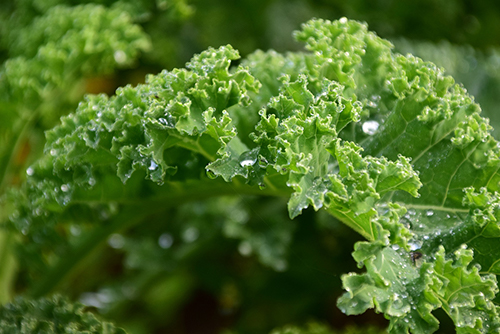
Kale
Kale produces a rosette of elongated leaves with wavy or frilled margins. The leaves are typically bluish-green but can also be light green, red, or purple, depending on the variety.
Soil – Kale thrives in loamy, well-drained soil with high organic content and a 6 to 7.5 pH
Water – Kale needs an even supply of water, about one and a half inches of water per week
Sun – This species does best in full sun but will tolerate partial shade
USDA Cold Hardiness – Zones 7 through 9
Potential Problems – Moth and beetle infestations
3. Collards (Brassica oleracea var. viridis)
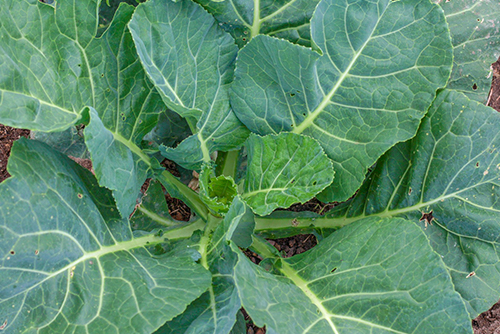
Collards
In contrast to kale, collard leaves are much broader, are not frilled or wavy, and resemble those of cabbage. The main stem reaches 2 to 4 feet with a rosette of leaves at the top.
Soil – Collards do best in well-drained soil, rich in organic matter and with a 6 to 6.5 pH
Water – Collards need an even supply of water, about one and a half inches of water per week
Sun – This species also does best in full sun but will tolerate partial shade
USDA Cold Hardiness – Collard greens can be grown in hardiness zones 3 through 8 (planting times may vary depending on plant variety and temperatures)
Potential Problems – Anthracnose and leaf spot
4. Pansies (Viola tricolor var. hortensis)
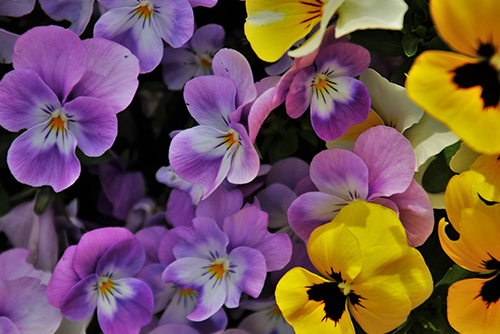
Pansies
The pansy is a delicate-looking flower but quite durable and is known for being a flower for all seasons. Pansies can be found growing in southern and southwestern gardens in the winter and in the north throughout the summer. The plant’s fragrant and edible blooms are highly desirable in home gardens.
Soil – Pansies thrive in fertile, well-draining soil
Water – Pansies require about one inch of water weekly (during the growing season)
Sun – This species prefers full or partial sun but needs cooler temperatures to thrive. The perfect planting location will get morning sun but avoid the late afternoon heat.
USDA Cold Hardiness – Zones 7 through 10
Potential Problems – Fusarium wilt, leaf spot, and root rot
5. Coneflower (Echinacea)
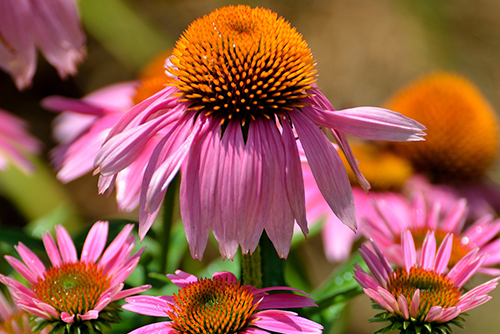
Echinacea
The coneflower is a larger wildflower, ranging from 2 to 5 feet in height. The flower head has a prominent, spiny, brown central cone surrounded by light purple or white petals.
Soil – Coneflowers are tolerant of poor soil conditions but will bloom best in nutrient-rich soil
Water – This species requires about one inch of water weekly
Sun – Plant coneflowers where they can get 6 to 8 hours of daily sun
USDA Cold Hardiness – Zones 3 through 9
Potential Problems – Stem rot, powdery mildew, and aster yellows
6. Petunias (Petunia)
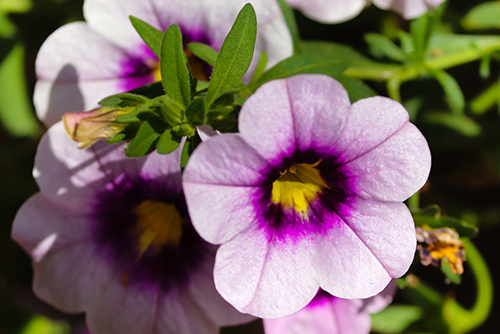
Petunias
Petunias are mostly annual plants. The leaves are sessile (lacking a leaf stem) and are typically oval-shaped with smooth margins. The funnel-shaped flowers consist of five fused or partially fused petals.
Soil – Petunias thrive in well-drained fertile soil with a 6 to 7 pH
Water – Water your petunias for consistent moisture (about once per week) for established flowers planted in the ground
Sun – This species needs at least 5 or 6 hours of daily sunlight
USDA Cold Hardiness – Zones 7 through 11
Potential Problems – Blight and crown rot
Winter Gardening
In this article, you discovered essential species and planting information about several cold hardy vegetables and plants for your winter garden.
Knowing which cold hardy species to grow in your garden will keep it looking vibrant and attractive through the winter months.
Not knowing conducive winter plants will leave you with a dying garden this winter season.
Sources:
heritagegarden.uic.edu/cabbage
extension.usu.edu/yardandgarden/research/kale-in-the-garden
agrilifeextension.tamu.edu/asset-external/easy-gardening-collard-greens/
gardeningsolutions.ifas.ufl.edu/plants/ornamentals/pansies.html
plants.ces.ncsu.edu/plants/echinacea-purpurea/
extension.umn.edu/flowers/growing-petunias